Investors will focus on three types of events next week. First, the flash July PMI reports will be released. The preliminary estimates do a fairly good job anticipating the final readings and typically steal their thunder. The tighter financial conditions and the cost-of-living squeeze translate into weaker economic momentum.
The US and eurozone June composite PMI had nearly converged at 52.3 and 52.0, respectively. The UK's composite PMI was at 53.7 and Japan's at 53.0. In Bloomberg's surveys, the median forecast sees a 45% chance the eurozone and UK are entering a recession in the next 12 months at 45%, and the US is slightly lower at 33%. Canada and Japan are at 25%.
Survey data might not capture the market's imagination like inflation updates. Japan, Canada, and the UK report June CPI. Japan remains the outlier. It has taken the biggest energy and food shock in a generation to lift Japan's core CPI (which excludes fresh food) to its 2% target. Japan's May CPI was up 0.8% over the past 12 months, excluding food and energy. Even if the core rate moves to 1%, it is unreasonable to expect the Bank of Japan to alter its monetary policy. BOJ Governor Kuroda insists that inflation is not sustainable unless wages rise and May's cash earnings are weaker than expected (1.0% year-over-year vs. 1.5% median forecast in Bloomberg's survey). The April series was revised to 1.3% from 1.7%. In turn, household spending was weaker than expected as well. Japan's industrial production in May collapsed by a dramatic 7.5% (month-over-month) as reverberations from China's lockdowns appeared to have taken a serious toll.
Another jump in Canada's CPI could help push market sentiment toward expecting another 75 bp hike at the Bank of Canada's next meeting on September 7. The swaps market has a 72% chance of a 75 bp hike discounted. Price pressures still appear to be accelerating in Canada. In three of the four months through May, consumer prices rose by more than 1%. The Bank of Canada has three core measures. They averaged 4.7% in May, up from 3.3% in December 2021. In contrast, the US core rate slowed for the third consecutive month in June. US average hourly earnings in June also decelerated for the third month. Canada's hourly rate for permanent workers accelerated to 5.6%, doubling December's 2.7% pace, jumping by more than C$1.0 for the second consecutive month. Before the pandemic (at least since 1998), this did not happen even once, let alone twice.
Canada also reports May retail sales. Canadian consumers have been shopping. In the first four months of the year, retail sales have averaged a monthly increase of 1.2%. This is a nominal measure, and the rise of prices exaggerates the real growth (volume), but it is notable that the average increase in the Jan.-April period last year was also 1.2%. That said, some yellow flags in the April report are worth bearing in mind when reviewing the new data. The interest rate-sensitive sectors--autos and building materials (housing activity) were hit the hardest. General merchandise stores increased sales by slightly more than 4%, while gasoline stations saw a 3% increase (5.4% in volume terms; prices temporarily dipped).
The UK's inflation is running the fastest in the G7 at 9.1% in May (matched by the US in June). If the month-over-month rise is more than 0.5%, the year-over-year pace will increase. It might not matter much. The Bank of England had already warned that inflation will likely rise to 11% as the gas cap is lifted again. On the other hand, the UK will report June retail sales on July 22. It is reported in volume terms and has been simply horrible. They have fallen in six of the past seven months. In fact, April's 0.2% increase was the first since the 0.1% rise in June 2021.
The BOE has persuaded the market that, like the Federal Reserve, it is willing to risk a recession if necessary to bring inflation back to its target. After four quarter-point moves this year (and a 15 bp hike last December), the market has nearly fully priced in a 50 bp move at the August 4 MPC meeting and favors another half-point hike at the following two meetings (September 15 and November 11). Many Tory candidates to succeed Johnson as Prime Minister want to cut taxes. At stake is the pace of fiscal consolidation. The budget deficit peaked at 12.3% of GDP in 2020 and fell to 7.4% last year. The Office of Budget Responsibility projected it to fall to 3.9% this year and 1.9% next. That said, there probably are upside risks to estimate, given its assumption that the economy will expand by 3.8% this year.
That brings us to the third set of events that will draw investor attention. The Bank of Japan and the European Central Bank meetings. The Bank of Japan is the easier of the two. There is no reason to expect a change in monetary policy. The BOJ will update its forecasts, and the risk is an upward revision of inflation and a small reduction in the growth projections. The earlier forecast had core CPI, which excludes fresh food prices, at 1.9% this year and 1.1% in the following two years. This year's projection will probably be lifted slightly above 2%. The next two years may be increased marginally. Only an inflation forecast close to or above 2% in 2023 or 2024 would be material.
The BOJ saw the economy expanding 2.9% this year and slowing to 1.9% next and 1.1% in 2024. The World Bank and the OECD see Japanese growth this year at 1.7%. The median forecast in Bloomberg's survey also is for 1.7% growth. While the BOJ's forecast for next year is only slightly firmer than other official projections, the World Bank is particularly pessimistic, forecasting 1.3% growth next year and 0.6%in 2024.
The ECB meeting is far more interesting than the BOJ meeting. The ECB has signaled its intention to raise for the first time. ECB President Lagarde has indicated a 25 bp hike but with price pressures still rising and the euro declining, which boosts inflation, the swaps market is pricing in about a 16% chance that the ECB lifts the rate by 50 bp. The market has nearly 90 bp of tightening discounted by the end of Q3 (July and September meetings) and another 70 bp in Q4.
In addition to the rate hike, investors are looking for concrete details of the new Transmission Protection Mechanism. The TPM would be a tool the central bank could use to ensure that its monetary policy is not redistricted by unwarranted widening of interest rate differentials. An existing tool, Open Market Transactions, had the same purpose, but the conditionality was so onerous that it has not been used. Yet, it also contained a feature to neutralize (or sterilize) the impact on the ECB's balance sheet so as not to confuse it with QE. The TPM seems different, and it seems as if it might be triggered by the ECB rather than the peripheral country, though it is not clear. At the same time, the Italian political crisis shows non-economic considerations that could produce an undesirable divergence of interest rates.
The need for the TPM, at least in part, grows out of the fact that nearly a quarter of a century after the launch of EMU, it remains incomplete. It also offers a prima facie case that the common bonds issued by the EU during the Covid pandemic were not the game changer many argued at the time. Just as Draghi led the ECB into the vacuum left by political and fiscal authorities to prevent the demise of EMU, so too is Lagarde leading the ECB to ensure that its monetary policy is properly transmitted despite the very real divergence in underlying conditions.
In addition to the rate hike and details about the Transmission Protection Mechanism, there is a third piece of the ECB puzzle. While the expansion of central bank balance sheets was driven by bond purchases, every central bank has its own idiosyncratic elements. For example, the ECB did not only buy bonds but its extended long-term loans at attractive interest rates. About a quarter of the ECB's almost 8.8 trillion-euro balance sheet is composed of such loans (Targeted Long-Term Refinancing Operations) granted during the Covid pandemic. The first repayments are due in September and extend through the end of 2024.
In June, the ECB raised the TLTRO rate to its deposit rate (-0.50%), and banks repaid almost 75 bln euros early, less than many had projected. The interest rate on the loans is determined by the average deposit rate over the three-year life of the loans. Therefore, these loans are still very attractive in a rising interest rate environment. Moreover, as banks return funds to shareholders through dividends and share buybacks, what amounts to be a subsidy for banks is being re-examined. According to press reports, for example, last year, 15% of the pre-tax profits of Germany's large bank (Deutsche Bank) came from the nearly 500 mln euros earned from TLTROs.
Outside of emergencies, in its actions, the ECB has revealed its preference for announcing policy changes at quarterly meetings with fresh staff forecasts in hand. However, this week's meeting is an exception. Nevertheless, the new EC forecasts may have pointed in the direction of where the ECB may move. It shaved its forecast for growth this year (2.6% from 2.7%) and cut next year's projection by more (1.4% vs. 2.3%). Its inflation forecast was also raised by 7.6% this year (from 6.1%) and 4% next year (from 2.7%).
Ahead of the ECB meeting next week and the Federal Reserve the following week, there is no compelling reason to expect the market (equities, financials, commodities) to calm down. However, the price action itself may warn of a new market phase. September WTI recovered from around $88.25 (a four-month low). Euro buying emerged below parity. The S&P 500 and NASDAQ gapped higher ahead of the weekend and were left open. The Fed's two leading hawks, St. Louis Fed President Bullard and Governor Waller, both seemed to push against speculation of a 100 bp hike. The market trimmed the odds (from 60% after the CPI report) to less than 20% ahead of the weekend. The year-end rate rose three basis points last week to slightly more than 3.50%. It peaked a month ago 20 bp higher.


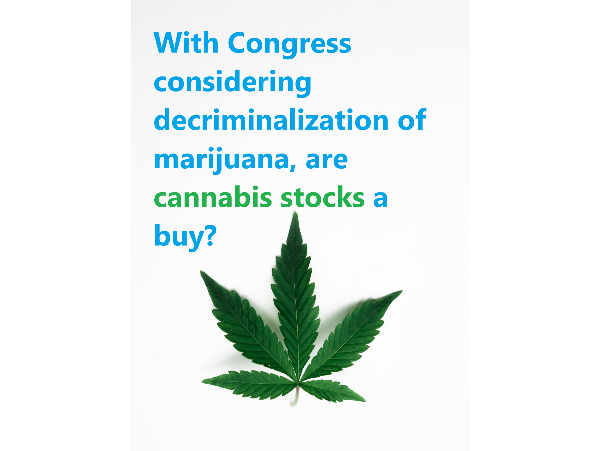
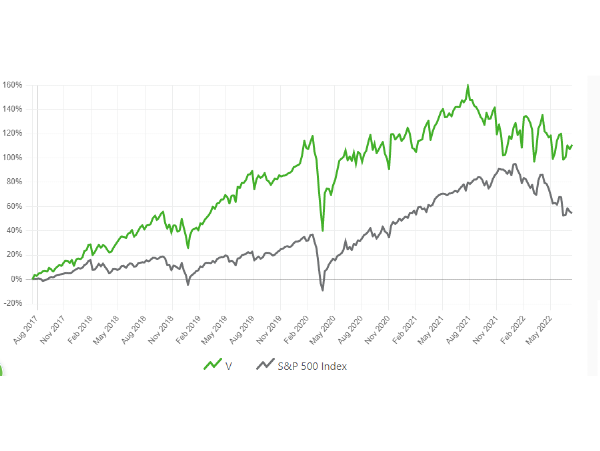


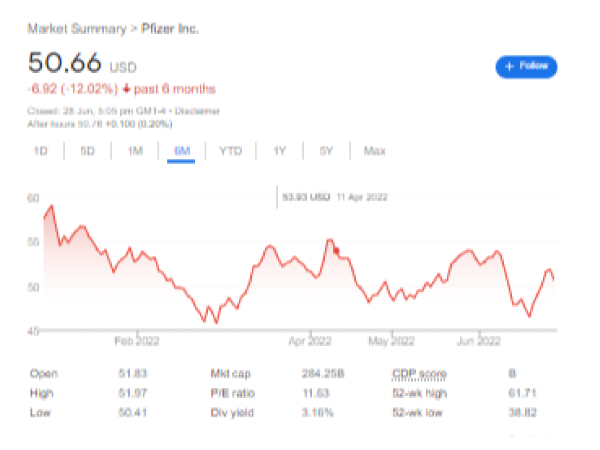
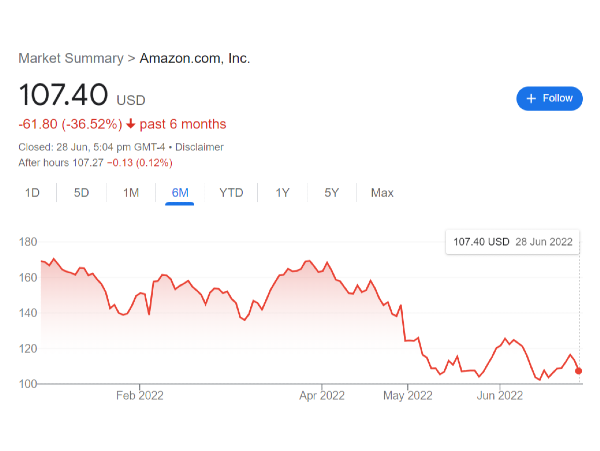



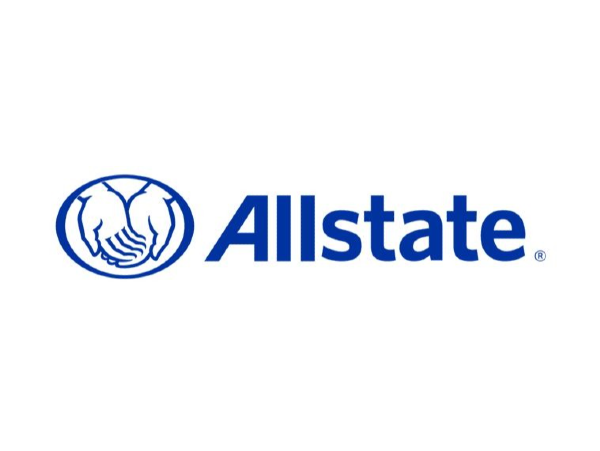
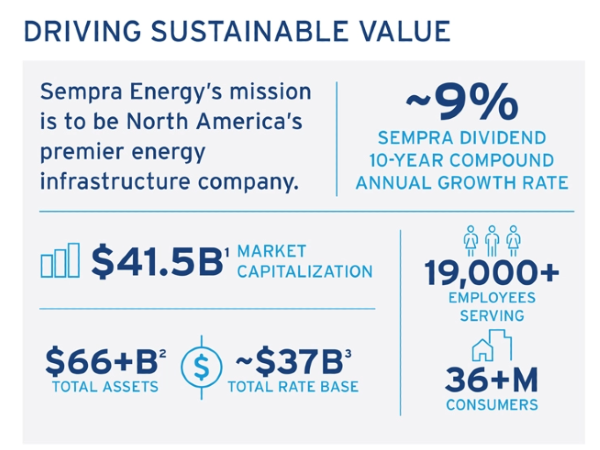
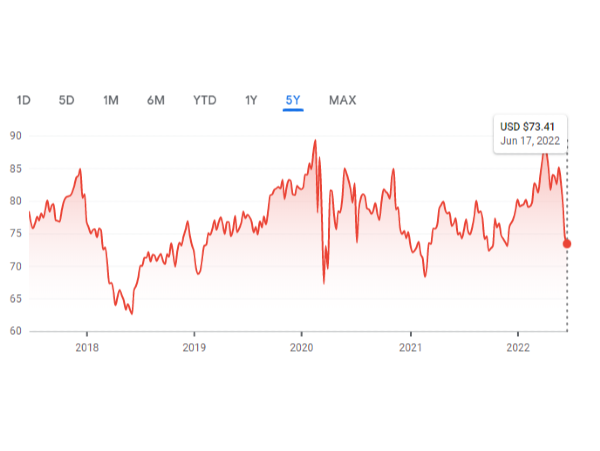





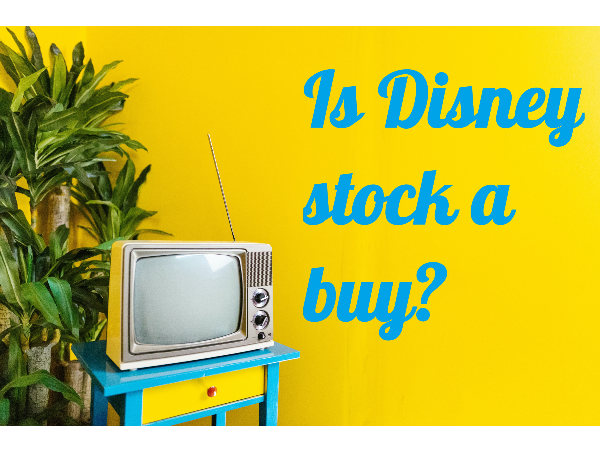








Investors will focus on three types of events next week. First, the flash July PMI reports will be released. The preliminary estimates do a fairly good job anticipating the final readings and typically steal their thunder. The tighter financial conditions and the cost-of-living squeeze translate into weaker economic momentum.
The US and eurozone June composite PMI had nearly converged at 52.3 and 52.0, respectively. The UK's composite PMI was at 53.7 and Japan's at 53.0. In Bloomberg's surveys, the median forecast sees a 45% chance the eurozone and UK are entering a recession in the next 12 months at 45%, and the US is slightly lower at 33%. Canada and Japan are at 25%.
Survey data might not capture the market's imagination like inflation updates. Japan, Canada, and the UK report June CPI. Japan remains the outlier. It has taken the biggest energy and food shock in a generation to lift Japan's core CPI (which excludes fresh food) to its 2% target. Japan's May CPI was up 0.8% over the past 12 months, excluding food and energy. Even if the core rate moves to 1%, it is unreasonable to expect the Bank of Japan to alter its monetary policy. BOJ Governor Kuroda insists that inflation is not sustainable unless wages rise and May's cash earnings are weaker than expected (1.0% year-over-year vs. 1.5% median forecast in Bloomberg's survey). The April series was revised to 1.3% from 1.7%. In turn, household spending was weaker than expected as well. Japan's industrial production in May collapsed by a dramatic 7.5% (month-over-month) as reverberations from China's lockdowns appeared to have taken a serious toll.
Another jump in Canada's CPI could help push market sentiment toward expecting another 75 bp hike at the Bank of Canada's next meeting on September 7. The swaps market has a 72% chance of a 75 bp hike discounted. Price pressures still appear to be accelerating in Canada. In three of the four months through May, consumer prices rose by more than 1%. The Bank of Canada has three core measures. They averaged 4.7% in May, up from 3.3% in December 2021. In contrast, the US core rate slowed for the third consecutive month in June. US average hourly earnings in June also decelerated for the third month. Canada's hourly rate for permanent workers accelerated to 5.6%, doubling December's 2.7% pace, jumping by more than C$1.0 for the second consecutive month. Before the pandemic (at least since 1998), this did not happen even once, let alone twice.
Canada also reports May retail sales. Canadian consumers have been shopping. In the first four months of the year, retail sales have averaged a monthly increase of 1.2%. This is a nominal measure, and the rise of prices exaggerates the real growth (volume), but it is notable that the average increase in the Jan.-April period last year was also 1.2%. That said, some yellow flags in the April report are worth bearing in mind when reviewing the new data. The interest rate-sensitive sectors--autos and building materials (housing activity) were hit the hardest. General merchandise stores increased sales by slightly more than 4%, while gasoline stations saw a 3% increase (5.4% in volume terms; prices temporarily dipped).
The UK's inflation is running the fastest in the G7 at 9.1% in May (matched by the US in June). If the month-over-month rise is more than 0.5%, the year-over-year pace will increase. It might not matter much. The Bank of England had already warned that inflation will likely rise to 11% as the gas cap is lifted again. On the other hand, the UK will report June retail sales on July 22. It is reported in volume terms and has been simply horrible. They have fallen in six of the past seven months. In fact, April's 0.2% increase was the first since the 0.1% rise in June 2021.
The BOE has persuaded the market that, like the Federal Reserve, it is willing to risk a recession if necessary to bring inflation back to its target. After four quarter-point moves this year (and a 15 bp hike last December), the market has nearly fully priced in a 50 bp move at the August 4 MPC meeting and favors another half-point hike at the following two meetings (September 15 and November 11). Many Tory candidates to succeed Johnson as Prime Minister want to cut taxes. At stake is the pace of fiscal consolidation. The budget deficit peaked at 12.3% of GDP in 2020 and fell to 7.4% last year. The Office of Budget Responsibility projected it to fall to 3.9% this year and 1.9% next. That said, there probably are upside risks to estimate, given its assumption that the economy will expand by 3.8% this year.
That brings us to the third set of events that will draw investor attention. The Bank of Japan and the European Central Bank meetings. The Bank of Japan is the easier of the two. There is no reason to expect a change in monetary policy. The BOJ will update its forecasts, and the risk is an upward revision of inflation and a small reduction in the growth projections. The earlier forecast had core CPI, which excludes fresh food prices, at 1.9% this year and 1.1% in the following two years. This year's projection will probably be lifted slightly above 2%. The next two years may be increased marginally. Only an inflation forecast close to or above 2% in 2023 or 2024 would be material.
The BOJ saw the economy expanding 2.9% this year and slowing to 1.9% next and 1.1% in 2024. The World Bank and the OECD see Japanese growth this year at 1.7%. The median forecast in Bloomberg's survey also is for 1.7% growth. While the BOJ's forecast for next year is only slightly firmer than other official projections, the World Bank is particularly pessimistic, forecasting 1.3% growth next year and 0.6%in 2024.
The ECB meeting is far more interesting than the BOJ meeting. The ECB has signaled its intention to raise for the first time. ECB President Lagarde has indicated a 25 bp hike but with price pressures still rising and the euro declining, which boosts inflation, the swaps market is pricing in about a 16% chance that the ECB lifts the rate by 50 bp. The market has nearly 90 bp of tightening discounted by the end of Q3 (July and September meetings) and another 70 bp in Q4.
In addition to the rate hike, investors are looking for concrete details of the new Transmission Protection Mechanism. The TPM would be a tool the central bank could use to ensure that its monetary policy is not redistricted by unwarranted widening of interest rate differentials. An existing tool, Open Market Transactions, had the same purpose, but the conditionality was so onerous that it has not been used. Yet, it also contained a feature to neutralize (or sterilize) the impact on the ECB's balance sheet so as not to confuse it with QE. The TPM seems different, and it seems as if it might be triggered by the ECB rather than the peripheral country, though it is not clear. At the same time, the Italian political crisis shows non-economic considerations that could produce an undesirable divergence of interest rates.
The need for the TPM, at least in part, grows out of the fact that nearly a quarter of a century after the launch of EMU, it remains incomplete. It also offers a prima facie case that the common bonds issued by the EU during the Covid pandemic were not the game changer many argued at the time. Just as Draghi led the ECB into the vacuum left by political and fiscal authorities to prevent the demise of EMU, so too is Lagarde leading the ECB to ensure that its monetary policy is properly transmitted despite the very real divergence in underlying conditions.
In addition to the rate hike and details about the Transmission Protection Mechanism, there is a third piece of the ECB puzzle. While the expansion of central bank balance sheets was driven by bond purchases, every central bank has its own idiosyncratic elements. For example, the ECB did not only buy bonds but its extended long-term loans at attractive interest rates. About a quarter of the ECB's almost 8.8 trillion-euro balance sheet is composed of such loans (Targeted Long-Term Refinancing Operations) granted during the Covid pandemic. The first repayments are due in September and extend through the end of 2024.
In June, the ECB raised the TLTRO rate to its deposit rate (-0.50%), and banks repaid almost 75 bln euros early, less than many had projected. The interest rate on the loans is determined by the average deposit rate over the three-year life of the loans. Therefore, these loans are still very attractive in a rising interest rate environment. Moreover, as banks return funds to shareholders through dividends and share buybacks, what amounts to be a subsidy for banks is being re-examined. According to press reports, for example, last year, 15% of the pre-tax profits of Germany's large bank (Deutsche Bank) came from the nearly 500 mln euros earned from TLTROs.
Outside of emergencies, in its actions, the ECB has revealed its preference for announcing policy changes at quarterly meetings with fresh staff forecasts in hand. However, this week's meeting is an exception. Nevertheless, the new EC forecasts may have pointed in the direction of where the ECB may move. It shaved its forecast for growth this year (2.6% from 2.7%) and cut next year's projection by more (1.4% vs. 2.3%). Its inflation forecast was also raised by 7.6% this year (from 6.1%) and 4% next year (from 2.7%).
Ahead of the ECB meeting next week and the Federal Reserve the following week, there is no compelling reason to expect the market (equities, financials, commodities) to calm down. However, the price action itself may warn of a new market phase. September WTI recovered from around $88.25 (a four-month low). Euro buying emerged below parity. The S&P 500 and NASDAQ gapped higher ahead of the weekend and were left open. The Fed's two leading hawks, St. Louis Fed President Bullard and Governor Waller, both seemed to push against speculation of a 100 bp hike. The market trimmed the odds (from 60% after the CPI report) to less than 20% ahead of the weekend. The year-end rate rose three basis points last week to slightly more than 3.50%. It peaked a month ago 20 bp higher.
Originally Posted on marctomarket.com